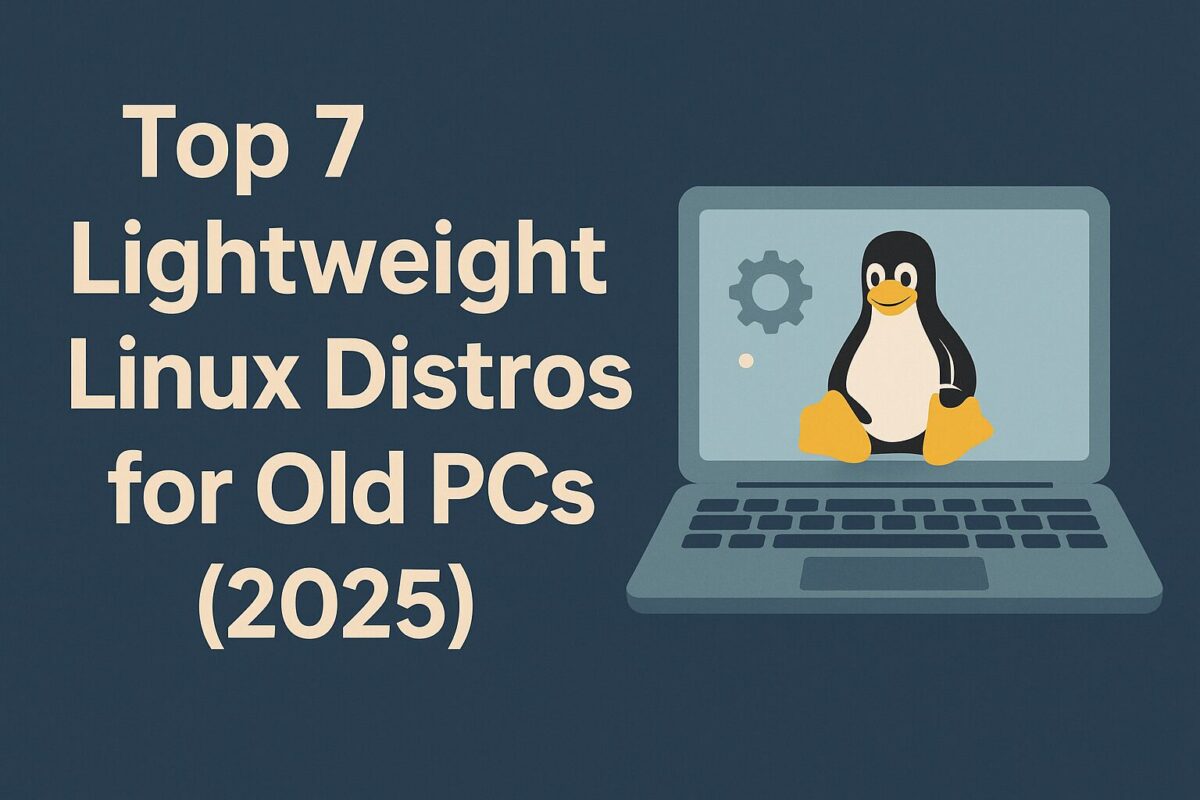Lightweight linux distros are popular due to number of benefits it offers. But, which could be the best choice for your old PC and run smoother with your old PC configuration?
In this blog, we’ll discuss various aspects of lightweight distros, some of the top lightwight linux distros and use cases and applications, which can help you to choose best for your old PC.
Why Use a Lightweight Linux Distro?
Lightweight linux distros offers flexibility, efficiency and versatility with minimum resources. Here are few points to consider,
Performance benefits for old hardware
These distributions are often used for reviving older hardware or make your older PC live again because it provides very good performance even on older hardwares.
Power efficiency and minimal resource usage
These distributions require very less resources like they can run on 512MB of RAM on Pentium II processor. Their power consumption is also very low compared to modern distros.
In this blog, we will discuss top 7 lightweight distros for old PCs in 2025. Here is the overview of these distros.
Puppy Linux
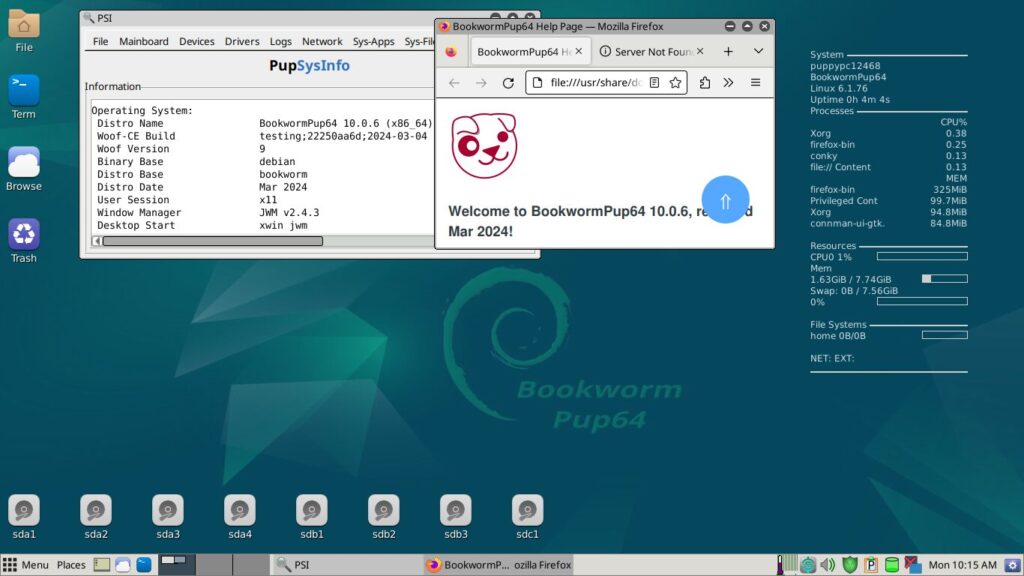
Puppy Linux is a unique family of Linux distributions specifically meant for the personal computers created by Barry Kauler in 2003.
It has some unique advantages as follows,
- Ready to use: all commonly used tools are already included. So, you can start right after installing it.
- Ease of use: lots of helps & hints are included to make it easy to use for even a beginner.
- Relatively small size: It will take typically 500 MB or less.
- Fast and versatile.
- Customisable within minutes: You can make all your customizations and save them as remasters. So, whenever you want to reset your PC, you can use that remaster with all your configurations intact.
- Different flavours: It is optimised to support both older & newer computers.
- Variety: It has hundreds of derivatives called them as “puplets”, one of which will surely meet your needs.
You can download and try the Puppy Linux from https://puppylinux-woof-ce.github.io/index.html
What to upgrade your Old PC? Install SSD for the better performance: https://amzn.to/45eWAl8
Lubuntu
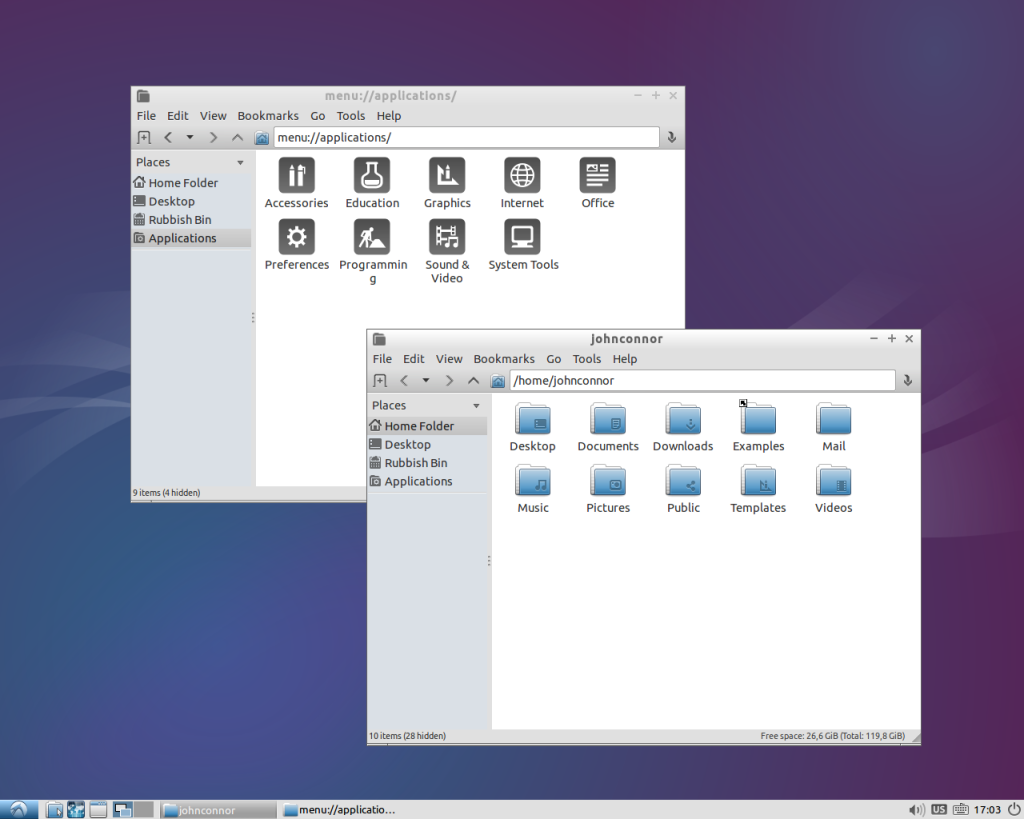
Lubuntu is a fast and lightweight operating system built on Linux system with a clean and easy-to-use UI/UX. It required very low hardware resources, because it uses the minimal desktop LXDE/LXQT, and a selection of light applications. Lubuntu was founded by Mario Behling and has been grown for many years by Julien Lavergne.
You can use Lubuntu operating system for the your latest systems as well as for lower resource computers and older systems.
You can download Lubuntu from https://lubuntu.net/
Linux Lite
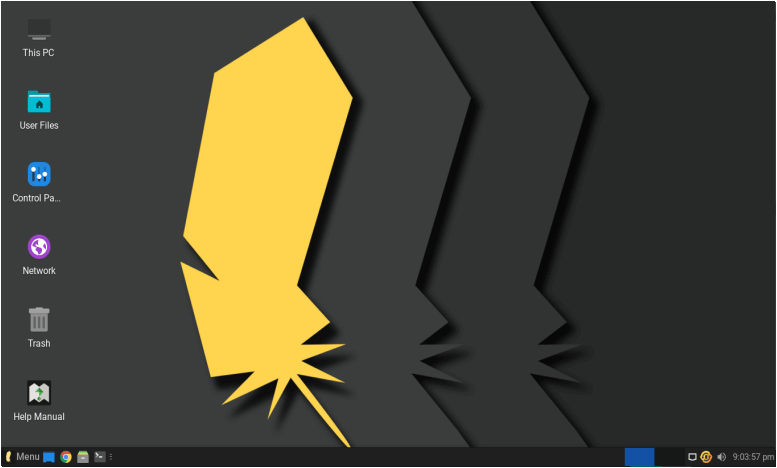
Linux Lite is free operating system for everyone. It is easy to use, and suitable for beginner users Linux as it offers a lot of beginner friendly documentation. Due to it’s low requirement of resources, it is also famous amongs the people who want a lightweight environment that is also fully functional. This distribution is easy to set up and use. It provides a great balance of speed, user friendliness, features and stability. Linux Lite was created to make the transition from Windows to a linux based operating system, as smooth as possible.
To install Linux Lite operating system, download the copy from https://www.linuxliteos.com/download.php
antiX
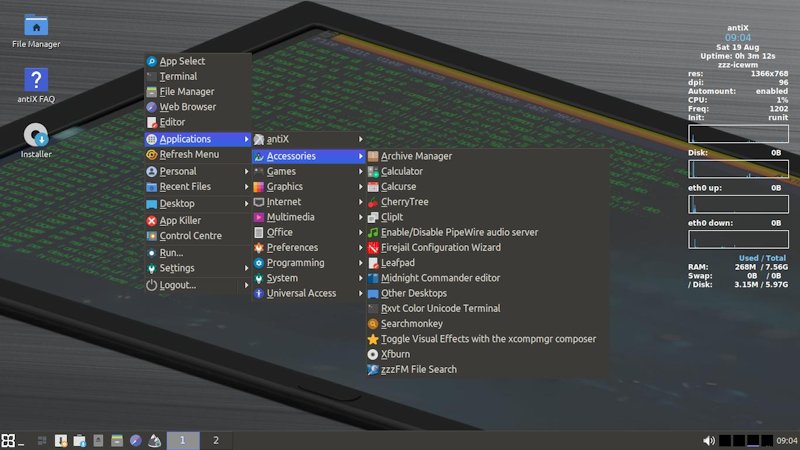
antiX is a fast, lightweight and easy to install systemd-free linux distribution. It is based on Debian Stable for Intel-AMD x86 compatible systems. antiX offers users an environment suitable for old as well as new computers. So don’t throw away that old computer yet!
The goal of antiX is to provide a lightweight, but fully functional and flexible free operating system, which can be useful for both beginners and experienced users of Linux. It can run on any old PC with as low as 256MB RAM with pre-configured swap. 512MB RAM is the recommended minimum requirement for antiX and installation to hard drive requires a minimum 7.0GB hard disk space.
antiX is available in 64 bit (computers built in the last 10 years) or 32 bit (very old computers or newer machines but be aware that a lot of software no longer provides 32 bit versions).
Download the different flavours of antiX from https://antixlinux.com/download/
Bodhi Linux
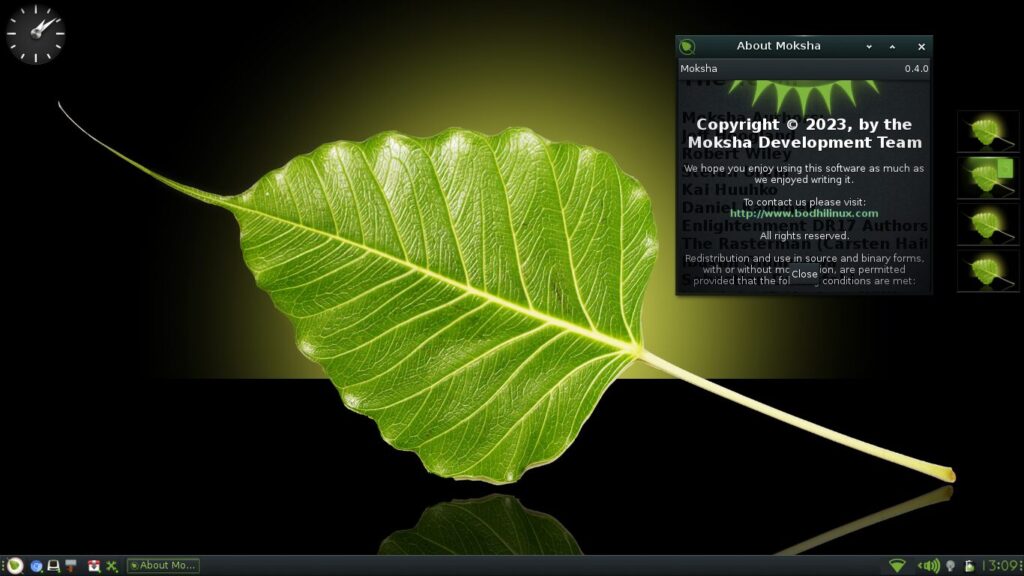
Bodhi Linux 7.0.0 is the lightweight Linux Distribution built on top of Ubuntu LTS (22.04) featuring the Moksha Desktop. It is known for minimalism, resource efficiency, and user choice. The team behind Bodhi Linux works to make the distribution as lean as possible and believes that the end-user should be able to choose the applications that they want rather than have a bunch of pre-installed applications that are unnecessary or unwanted.
The minimum system requirements are as follows,
- 32bit, 500MHz Processor (including Non-PAE)
- 512MB of RAM
- 5GB of drive space
And recommended system requirements are as follows,
- 64bit, 1.0GHz processor
- 768MB of RAM
- 10GB of drive space
Download the Bodhi Linux with Moksha Desktop from https://www.bodhilinux.com/download/
Budget DELL laptop under 30k. https://amzn.to/4k5yFJN
MX Linux
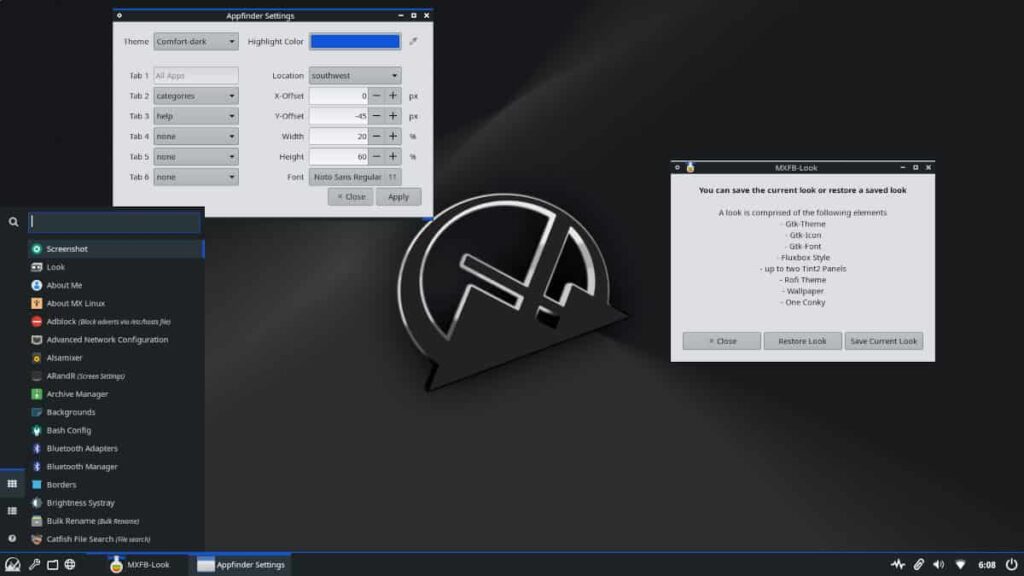
MX Linux has different flavours for different type of requirements.
- MX Linux – KDE, which provides wide range of advanced applications and require high resources. It can run on newer 64-bit computers.
- MX Linux – XFCE, which requires mid-weight resource, but it can run on older PCs as well as newer 64-bit computers.
- MX Linux – Fluxbox, which reauires light weight resources and can run on any older PC as well as newer computers.
The MX Linux – Fluxbox can provide high speed performance using low resources. It is lightweight and fully functional system that has many unique features:
- Extended hardware support by virtue of low graphical requirements.
- Restricted base default package set gives the user easy control over components.
- Many unique apps ease and enliven user experience.
- Native dock and icon management tools join the tint2 panel for desktop customization.
Download various MX Linux flavours from https://mxlinux.org/download-links/
Tiny Core Linux
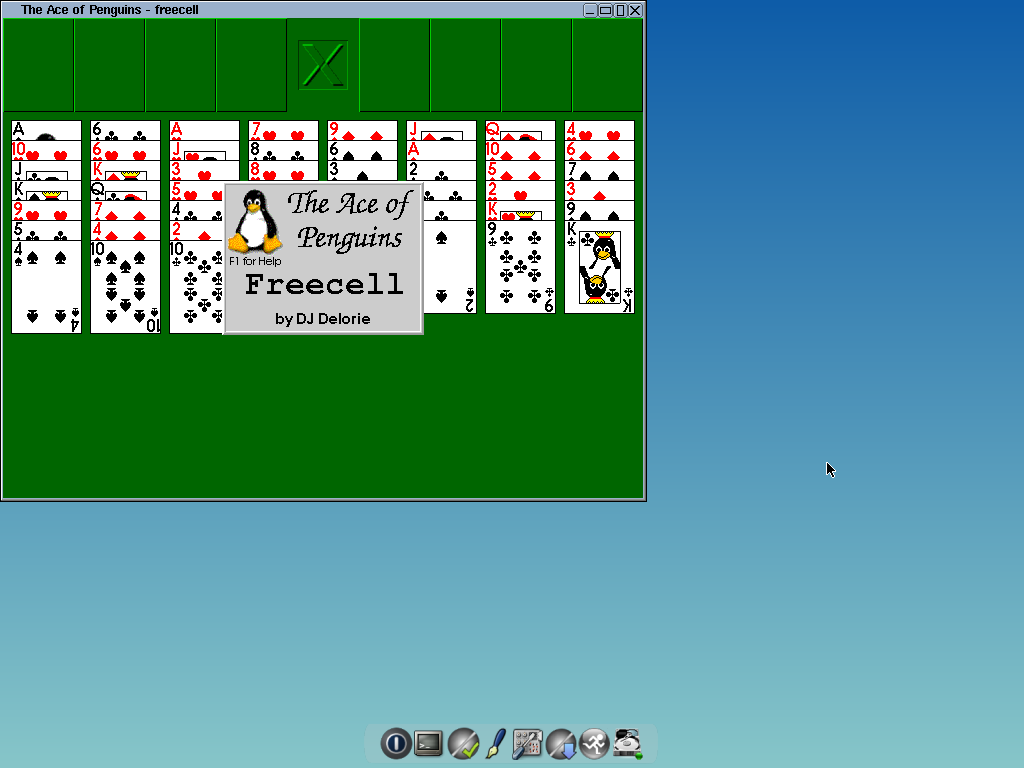
Tiny Core is designed to run from a RAM copy created at boot time. Besides being fast, this protects system files from changes and ensures a pristine system on every reboot.
Very Small. It required 10MB of RAM, which is 1/400 to 1/100 the size. So, It is flexible enough to be stored and run from usb sticks, a full CD, or even embedded devices.
Linux. Tiny Core uses the Linux Kernel and a set of command-line (text interface) tools including busybox.
A GUI Desktop. Tiny Core has a flexible and fully-customizable Graphical User Interface Desktop. You can also quickly install and try out a variety of other desktops and interfaces.
Unusually Stable. Tiny Core uses program ‘extensions’ to avoid damage to the system files. These extensions are re-prepared at each reboot … and they are prepared fast.
Unusually Fast. Unlike most operating systems, the Tiny Core can run completely from RAM. Tiny Core can run in 48 megabytes of RAM … or less.
Internet ready. Tiny Core almost always finds your network card right away. You’ll be adding applications and tools after an unusually quick boot.
Available even smaller. Linophiles that get things done without a GUI can get the MicroCore, a version of Tiny Core without X that is under 7 MB.
An open source community. Tiny Core is under active community development, led by a team of really dedicated people.
Download the most lightweight and fast Linux Distro from http://www.tinycorelinux.net/downloads.html
Final Thoughts + My Recommendation
We have discussed top 7 lightweight linux distros, you can use for your older PC to make them alive again. All of them are unique with their different set of advantages and it is difficult to choose anyone randomly. So, my suggestion is to check all the linux distros and their recommonded requirements to run. Compare these requirements with your computer requirement and choose accordingly. I installed Bodhi Linux for my 10 years old laptop and it is running very smoothly.
Frequently Asked Questions (FAQ)
What is the lightest Linux distro for old PCs?
Tiny Core Linux is one of the lightest Linux distros, with an ISO under 20MB and minimal system requirements.
Can I use Linux on a PC with 1GB RAM?
Yes, distros like Puppy Linux, antiX, and Lubuntu are designed to run smoothly on systems with as little as 512MB–1GB of RAM.
Is Linux better than Windows for old PCs?
Yes, Linux is often more efficient and secure for older hardware compared to Windows, especially when using lightweight distros.
Disclaimer: This post contains affiliate links. If you use these links to buy something, I may earn a commission at no extra cost to you.

